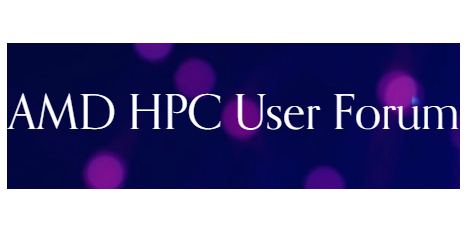CHATTANOOGA, Tenn. (Dec. 19, 2023) – In an industry collaboration to establish quantum networking interoperability on a commercial network, quantum networking hardware companies Qubitekk and Qunnect conducted a compatibility demonstration from Dec. 4-6, 2023, at EPB Quantum Network powered by Qubitekk, which the company said is the nation’s first commercially available quantum network.
This initiative marks a pivotal moment in the quantum technology landscape, showcasing the first demonstrated interoperability between hardware developed by independent companies in supporting entanglement-based quantum communication on a commercial network. It also paves the way for the integration of diverse quantum technologies for enhanced communication capabilities.
Qunnect brought its commercial-grade Automatic Polarization Controller (QU-APC), previously tested on its New York-based GothamQ quantum network, for evaluation on EPB Quantum Network. EPB Quantum Network combines fiber optic connectivity managed by EPB and commercially available quantum networking hardware from Qubitekk, including entangled photon sources, measurement, preparation, timing and control modules as well as Qubitekk’s own APC and other devices.
The collaborative team of EPB, Qubitekk, and Qunnect engineers and physicists successfully validated the interoperability between Qunnect’s QU-APC and Qubitekk’s entangled photon source, marking the first time Qunnect’s QU-APC has been tested for operation on a commercial quantum network. Additionally, the teams were successful in validating optimal performance conditions for each company’s APC.
Polarization qubits were generated by Qubitekk’s entanglement source and transmitted through EPB Quantum Network where the network configuration allowed for independent testing of each company’s APC devices. These instruments correct for the real-time noise on the network caused by environmental perturbation of the fibers. The APC function is critical for maintaining the channel fidelity, maximizing channel uptime and minimizing quantum bit error rate (QBER). Qunnect also brought a supplementary device to inject noise into the system in order to observe the instrument’s ability to restore channel fidelity.
The results of the demonstration revealed two key findings:
- Performance Validation: Qunnect’s QU-APC performed fast channel stabilization (sub-second), maintaining 99% fidelity with 99%+ channel uptime.
- Response Testing: In tests where the QBER was rapidly increased, emulating the drift observed on aerial fibers, Qunnect’s QU-APC was able to restore the system instantaneously.
EPB Quantum Network currently utilizes buried optical fibers for qubit transmission. These stable channels employ Qubitekk’s low-speed APC to maintain long-term polarization control. Looking ahead, as more networks are built and existing networks expand, aerial fibers will likely be incorporated for qubit transmission. Because of environmental conditions such as wind, aerial fibers are less stable than buried fibers and will require faster polarization control. The interoperability demonstration with Qunnect is an important step toward identifying APC solutions for aerial fiber quantum networks or hybrid buried/aerial networks, including EPB should it expand its footprint.
“Collaborating with Qubitekk and EPB on this compatibility project was an important step for us,” said Noel Goddard, Qunnect CEO. “This successful demonstration reinforces our dedication to delivering top-tier quantum networking hardware that can integrate into other quantum networks.”
“EPB Quantum Network is an important platform to contribute to the advancement of quantum technologies that will prepare our nation for the quantum age, and we’re ready to work with developers from across the country here in Chattanooga,” said David Wade, EPB’s president and CEO. “Our high-quality managed quantum-as-a-service network functions as a proving ground for quantum networking developers to validate performance and achieve commercial viability, a critical phase of bringing technologies to market.”
“Working together, quantum technology developers have the opportunity to set priorities that define the standards for our industry,” stated Duncan Earl, president and CTO at Qubitekk. “Developing quantum technology requires contributions from academia, government and industry. This demonstration reflects the critical role only industry can play in moving quantum technologies out of the laboratory and into the marketplace, and we look forward to more opportunities to continue this work with Qunnect.”
In addition to the key performance and compatibility findings, the partnering companies identified opportunities to enhance their product offerings for future integrations.
Instead of encoding 0s and 1s with optical pulses like today’s classical computers, quantum networks rely on photons, the most fundamental particles of light. One of the most common ways of encoding information on photons is to use their polarization (the direction at which their electromagnetic fields oscillate while they propagate in a fiber). Doing so allows the scientists to leverage quantum properties like quantum superposition and entanglement. Quantum entanglement allows two or more photons to share information. Thanks to the laws of quantum mechanics, regardless of the distance between the particles, the authenticity of the information can be verified perfectly. The role of the APC is to ensure the preservation of polarization as the photons travel long distances in optical fibers. In addition to the cybersecurity applications, the ability of Qunnect’s QU-APC to preserve the entanglement with fidelities higher than 99% opens the door to future use cases of distributed sensing and quantum computing.




